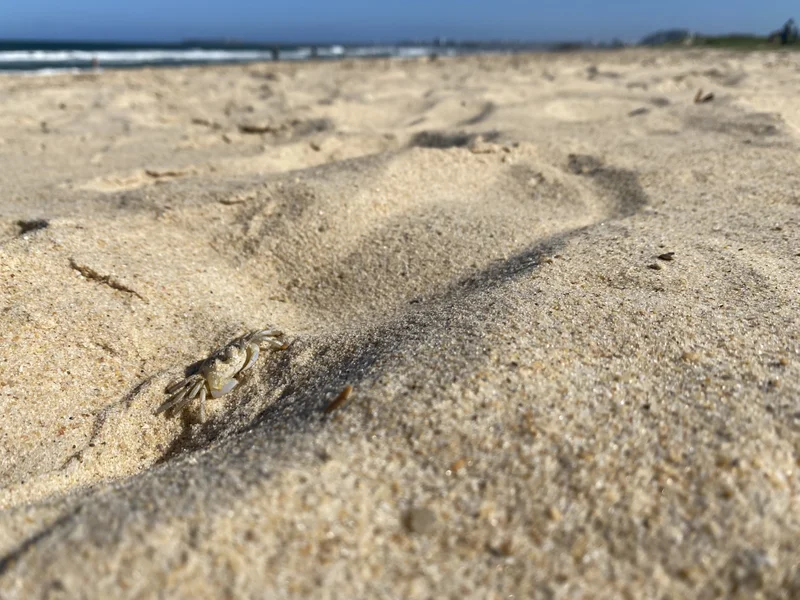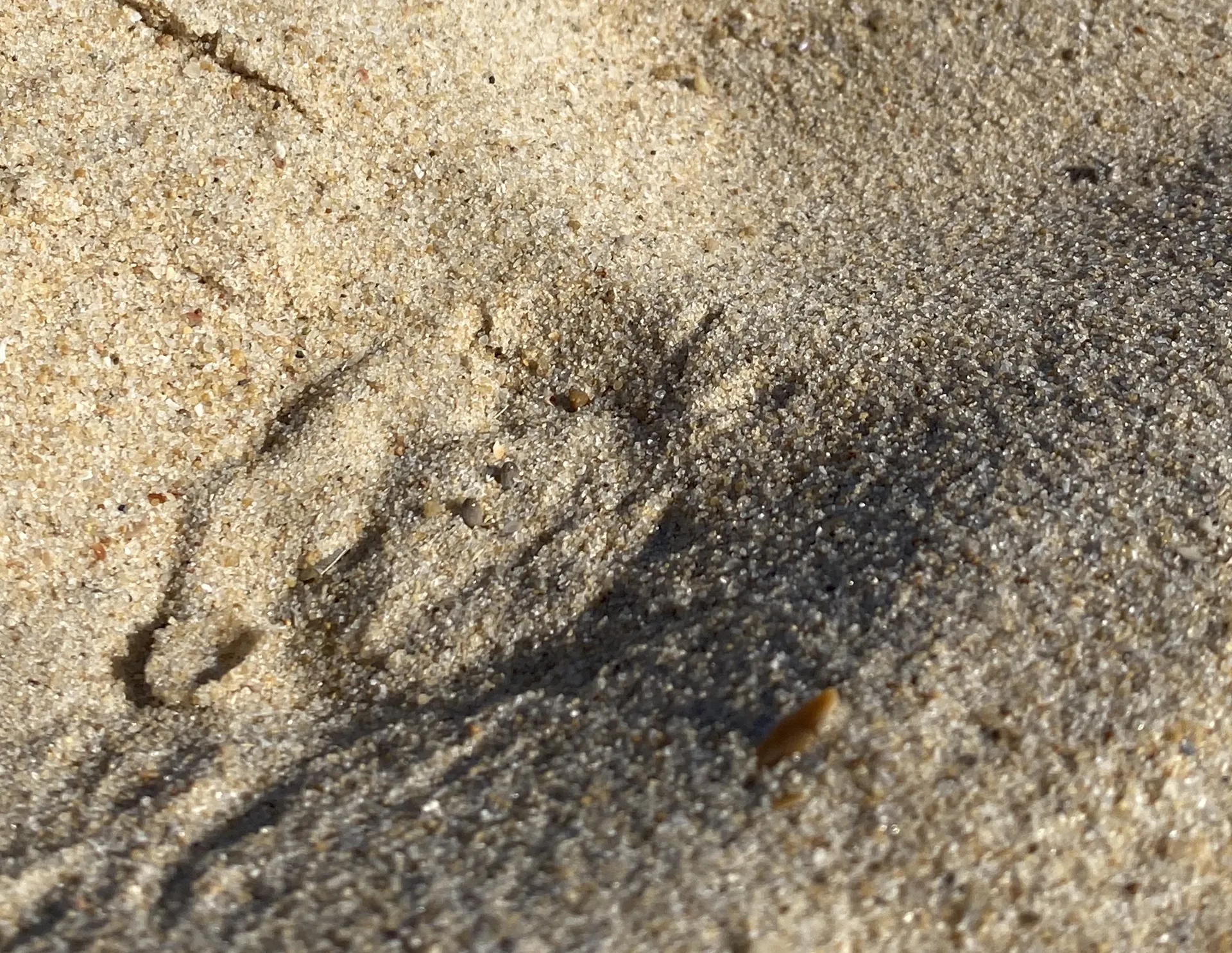The secret world of our beaches’ hidden ghosts
Ghost crabs are the tiny heroes of our beach ecosystems. But how much do you know about these magnificent colour changing creatures and what they can tell us about the health of our beaches?

They are colour-changing masters of disguise, nature’s warning system and go hardly noticed as they scurry about our beaches.
But it’s time the humble ghost crab had a proper introduction.
University of the Sunshine Coast (UniSC) Associate Professor in Animal Ecology Ben Gilby said ghost crabs had the fascinating ability to change their colour to better blend in with their surroundings.
“If they're in the vegetated dunes, they tend to be darker to blend in with the plants, whereas a crab on the open beach tends to be paler in colour to blend in with the sand,” Dr Gilby said.

The tiny heroes of our beaches
Dr Gilby said ghost crabs served as a key link in the ecology of our beaches as generalist feeders, meaning they consumed a variety of detritus (organic debris), plants and small animals.
This energy goes up the food chain as the ghost crabs are then eaten by predators like birds, reptiles and small mammals.
As ghost crab populations are influenced by environmental stressors, they give tell-tale signs of larger ecosystem pressures at work.
Ghost crabs dig burrows up to a couple of metres deep in the sand, with larger crabs digging wider burrows.
By surveying the number and size of ghost crab burrows, UniSC researchers working with Sunshine Coast Council were able to measure a key indicator for the health of our beaches’ ecosystems.
This information contributed to Sunshine Coast Council’s first ever Coastal Health Report, which delivers grades for beaches, headlands, lower estuaries and coastal lagoons across the region.
Dr Gilby said as the largest invertebrates living in the open beach and vegetated dunes, ghost crabs were easy to survey and their populations changed in response to human impacts and management.
“Here, for example, ghost crab hole abundance on beaches correlates with trampling impacts, beach grooming and chemical pollution.”
Help our little wonders
Dr Gilby said the easiest way to help ghost crabs was to keep out of vegetated dune areas to avoid trampling their burrows.
“Anything that compresses the sand or reduces the condition of vegetation in the dunes can impact upon their populations.”
By using official beach accesses, everyone can help keep our dunes healthy for plants and wildlife including rainbow bee eaters and turtle hatchlings that also need darkness provided by a dune barrier.